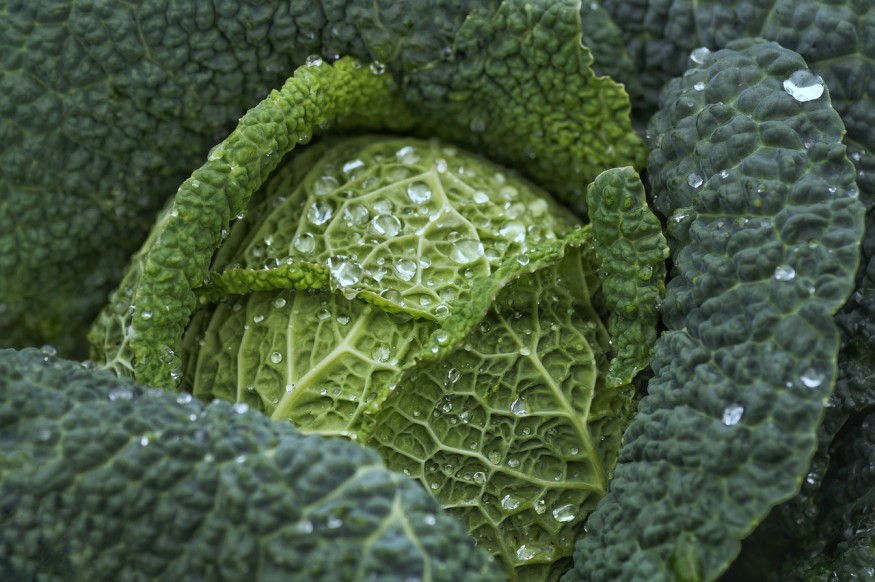Scientists put people off their lunches last week when they revealed they had grown safe-to-eat cabbages in human waste. German researchers said that human poo might be used as a cheap fertilizer for crops, although it may seem repulsive at first. More so, a study suggests that there are other inventive ways for human waste, like urine and feces, to other industries.
Here are some of the strange and disgusting examples of human waste application, from brickmaking to curing sausages and keeping them in banks for a fecal transplant, according to MailOnline.

Human Poo Fertilizer for Growing Cabbages and Other Vegetables
Scientists at the University of Hohenheim reported last week that white cabbages grown in human poo are safe to eat. Experts have used human fecal compost from the recycled dry toilet to grow successful yields, although long-term application needs further investigation.
They also successfully used nitrified urine fertilizers' (NUFs) from human urine separated from feces to grow crops. The research means that it could be a plentiful and inexhaustible supply of fertilizer to grow vegetables in the future.
Beercycling: From Urine to Beer
A brewery in Copenhagen was using urine they collected from a music festival to make beer in a project they call "beercycling." Nørrebro Bryghus who famously won awards at the World Beer Cup also has a beer known as "Pisner," which uses urine to fertilize barley fields that will be used to produce beer.
But like the cabbages grown from fertilizers made from human waste, the beer also did not contain pee and one Danish reviewer certifies that it did not taste like piss. Also, a brewery in Singapore has been making the beer Newbrew from water recycled from sewage and urine.
Curing Fatty, Chorizo-style Sausages
Scientists in Spain said they could ferment fatty, chorizo-style sausages from a baby's poo. A study suggested that the probiotic bacteria Lactobacillus rhamnosus is effective in manufacturing "fuets" or dry-cured pork sausages. These bacteria could be isolated from the feces of 6-month-old infants.
The team reports their findings in the journal Meat Science, wherein they described the sausages' taste as "very good" and taste like a traditional fuet. Most importantly, their final products have recorded satisfactory overall sensory quality without any off-flavor.
Fecal Transplant Banks
Scientists are aiming at establishing a fecal transplant bank where stool samples good for transplants can be stored. Fecal transplants have been proven to treat infections, especially Clostridium difficile.
Fecal microbiota transplantation (FMT) is the process of transplanting stool from a healthy donor into the gastrointestinal tract of a patient. Many cases have already been performed using FMT with satisfactory results.
But experts in Massachusetts are outlining their vision for stool banking to ensure that people will be transplanted with their own poo rather than other people's poo. The idea is to take samples when the patient is young and healthy to be used later for FMT when they get the infection.
RELATED ARTICLE: Fecal Transplant Cures Belgian Man With Auto-Brewery Syndrome
Check out more news and information on Tech and Innovation in Science Times.










